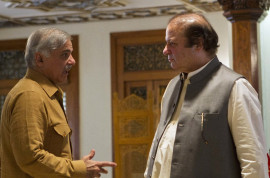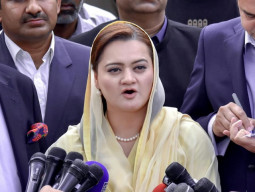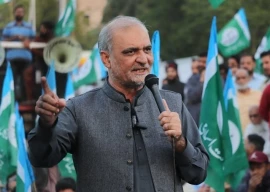
We live in a world where access to information is rampant, yet public opinions have become increasingly polarised. One reason for this is that we often consume half stories of world events, which only tell partial truths, and make our worldviews more rigid and ineffective in terms of dealing with persistent problems such as growing global disparities and deprivation.
For instance, consider the debate over use of genetically modified organisms (GMOs) owned by major agribusiness giants. Proponents of GMO promote their use as the solution to the problem of hunger, which can also decrease our reliance on fertilisers and pesticides, and enable crops to be grown with less water. Conversely, GMO opponents have expressed a range of fears, including health concerns associated with consumption of GMOs to the exorbitant cost of genetically modified products, which make life more difficult for poorer farmers.
Resistance to adoption of GMO technology was initially quite fierce. Widespread protests were organised in many Western countries. Over time this resistance softened. While still forbidding the planting of most GM crops, Europe now permits the importation of foods made from them. Monsanto, the leading GMO seeds producer, now almost has a monopoly in some seed markets. Its dominance is not confined to the industrialised world alone. It has also made its presence felt in India.
Since India first allowed GM cotton cultivation in 2002, the country has become a leading producer and exporter of fibre. However, the promotion of BT cotton has brought with it a frightening cost of widespread debt-ridden farmer suicides. While poor Indian farmers traditionally relied on indigenous seed banks to grow their crops, the increasing commercialisation has been nudging them towards use of higher-yield seed varieties. The introduction of GMO seeds has taken the commodification of seeds to a new level. Use of genetically modified cotton seeds can easily put poor farmers in debt, especially when there is crop failure due to misuse or water shortages.
There is ample research highlighting the links between the growing desperation of Indian farmers since they started using GMO seeds. It was thus surprising to see a recent The New York Times story depicting the plight of Indian farmers, in its mixed media portrayal of ‘The uninhabitable village’ in southern Punjab, that does not mention the role of agribusiness concerns in exacerbating this problem.
It is problematic for a newspaper with the stature of NYTs to highlight the problem of farmer suicides in India without mentioning agribusinesses. While the report admits how thousands of Indian farmers have been killed in the past 30 years due to a complex range of factors, it primarily focuses on droughts as the underlying reason. The story just cites recommendations which focus on how the government needs to provide more aid or how it should build better infrastructure to address their irrigation needs or even relocate them, if necessary.
The NYT story could have also highlighted the voice of prominent activists like Vandana Shiva. Shiva points out how structural adjustment policies of the World Bank have been encouraging agribusiness firms like Monsanto to dominate the Indian seed market. She also draws attention to falling produce prices under trade liberalisation encouraged by the WTO, which have also spiked farmer debts and created a ‘suicide economy’ in India. While Shiva’s assertions are also contestable, the NYT story could at least have mentioned the possibility that the global production system may also be responsible.
Instead it tells half a story, and such half stories are problematic since they encourage thinking about poverty or underdevelopment primarily as problems of malgovernance and corruption of poor countries themselves, rather than symptoms of deeper flaws in prevalent economic growth and trade models. Such half stories also in turn identify half-baked solutions, which will not suffice in curbing the problem of farmer suicides in India, nor other varied implications of rural discontent plaguing much of the remaining developing world, including Pakistan.
Published in The Express Tribune, December 1st, 2017.
Like Opinion & Editorial on Facebook, follow @ETOpEd on Twitter to receive all updates on all our daily pieces.






















































COMMENTS (1)
Comments are moderated and generally will be posted if they are on-topic and not abusive.
For more information, please see our Comments FAQ